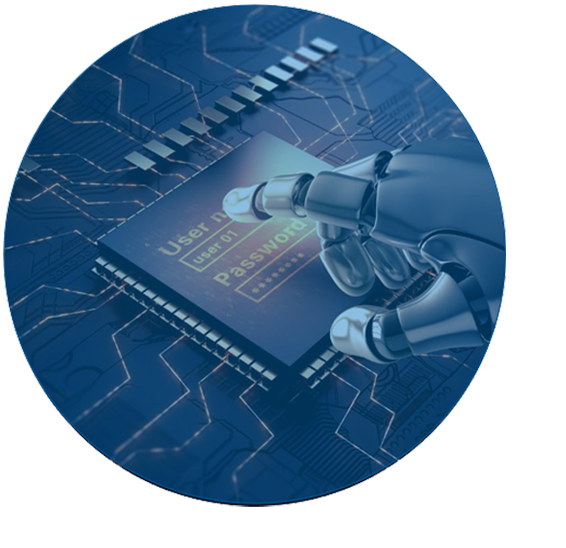

Digital government builds credible, reinvented government affairs processes
At present, the concept of a “digital government” is mainly plagued with pain points such as isolated data islands, network QoS and security threats, poor supervision, low efficiency and high cost. The combination of the blockchain and emerging technologies such as big data, IoT and artificial intelligence, when integrated, provide new solutions for the expansion digital government.
Distributed ledger node and IoT technologies can make use of all kinds of intelligent devices and sensors to record and update the trusted data. Since the data source is traceable and can not be tampered with, therefore the authenticity and credibility of data can be ensured. Finally, the most powerful feature of the Blockchain has to be its consensus mechanism, which helps builds a multi-party trust network. This is important for empowering various departments with the ability to create a trusted audit trail of information, a greatly improve the transparency of data processing progress, the prevention from abuse or falsification of information in the government environment, and the capability to achieve effective supervision.
Trust to be Free

Solution Highlights
The BoAT SDK is embedded into the major cellular IoT module manufactures in the market. The BoAT SDK becomes integrated into a variety of commercially deployed blockchain networks, and also supports IoT devices to implement device trusted ID generation, registration, and one-stop blockchain smart contracts. IoT devices, once widely distributed in the field, become oracles for the blockchain network, achieving on-chain and off-chain data fusion, ensuring data reliability and tamper-resistance.
The BoAT SDK also utilizes various secure container (enclave) technologies such as the TEE (Trusted Execution Environment), SE (Secure Elements), and on the network server side a threshold signatures-based MPC (Multi-Party Computing) scheme to achieve monitoring of key generation, key storage, and data signatures. Different levels of data security protection and monitoring of operations is utilized to help ensure the integrity and credibility of the IoT data at the (edge) source of generation. These different levels actually help to protect data privacy, while complementing, guiding and ensuring that the blockchain becomes the key store of data value.
The BoAT SDK supports remote authentication of IoT devices, based on chip-level RoT (Root of Trust). Based on industry standards for remote device authentication, the service provider can reliably obtain the device ID and characteristics. After obtaining the device’s ID, service providers can make judgments on the integrity and credibility of the device according to the authentication report, and then determine the authenticity of the device to detect intrusions as service risk control. Risk control is needed to enhance the capabilities of service providers to protect the credibility of device data.